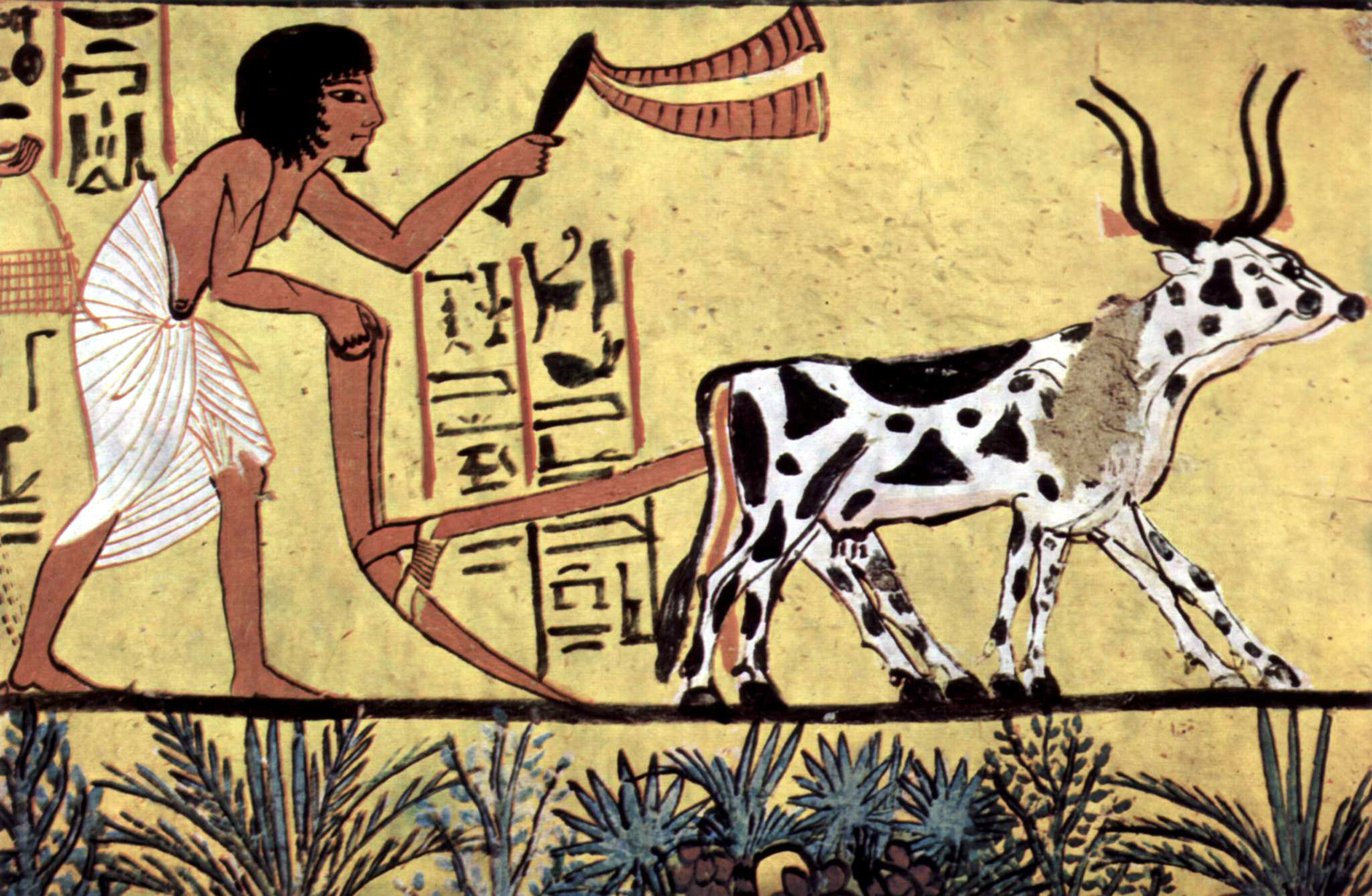
Aquaculture
Aquaculture (less commonly spelled aquiculture[1]), also known as aquafarming, is the controlled cultivation ("farming") of aquatic organisms such as fish, crustaceans, mollusks, algae and other organisms of value such as aquatic plants (e.g. lotus). Aquaculture involves cultivating freshwater, brackish water and saltwater populations under controlled or semi-natural conditions, and can be contrasted with commercial fishing, which is the harvesting of wild fish.[2] Aquaculture is also a practice used for restoring and rehabilitating marine and freshwater ecosystems. [3] Mariculture, commonly known as marine farming, is aquaculture in seawater habitats and lagoons, as opposed to freshwater aquaculture. Pisciculture is a type of aquaculture that consists of fish farming to obtain fish products as food.
For the journal, see Aquaculture (journal).
Aquaculture can also be defined as the breeding, growing, and harvesting of fish and other aquatic plants, also known as farming in water. It is an environmental source of food and commercial product which help to improve healthier habitats and used to reconstruct population of endangered aquatic species. Technology has increased the growth of fish in coastal marine waters and open oceans due to the increased demand for seafood.[4]
Aquaculture can be conducted in completely artificial facilities built on land (onshore aquaculture), as in the case of fish tank, ponds, aquaponics or raceways, where the living conditions rely on human control such as water quality (oxygen), feed, temperature. Alternatively, they can be conducted on well-sheltered shallow waters nearshore of a body of water (inshore aquaculture), where the cultivated species are subjected to a relatively more naturalistic environments; or on fenced/enclosed sections of open water away from the shore (offshore aquaculture), where the species are either cultured in cages, racks or bags, and are exposed to more diverse natural conditions such as water currents (such as ocean currents), diel vertical migration and nutrient cycles.
According to the Food and Agriculture Organization (FAO), aquaculture "is understood to mean the farming of aquatic organisms including fish, molluscs, crustaceans and aquatic plants. Farming implies some form of intervention in the rearing process to enhance production, such as regular stocking, feeding, protection from predators, etc. Farming also implies individual or corporate ownership of the stock being cultivated."[5] The reported output from global aquaculture operations in 2019 was over 120 million tonnes valued at US$274 billion.[6] However, there are issues with the reliability of the reported figures.[7] Further, in current aquaculture practice, products from several kilograms of wild fish are used to produce one kilogram of a piscivorous fish like salmon.[8] Plant and insect-based feeds are also being developed to help reduce wild fish been used for aquaculture feed.
Particular kinds of aquaculture include fish farming, shrimp farming, oyster farming, mariculture, pisciculture, algaculture (such as seaweed farming), and the cultivation of ornamental fish. Particular methods include aquaponics and integrated multi-trophic aquaculture, both of which integrate fish farming and aquatic plant farming. The FAO describes aquaculture as one of the industries most directly affected by climate change and its impacts.[9] Some forms of aquaculture have negative impacts on the environment, such as through nutrient pollution or disease transfer to wild populations.
Technology[edit]
Uncrewed vessels, like ROVs and AUVs, are now being used in aquaculture in various ways, such as site planning, cage or net inspection, environmental monitoring, disaster assessment, and risk reduction. The use of uncrewed vessels aims to increase safety, efficiency, and accuracy of aquaculture operations.[89]
Aquaculture is a multi-million-dollar business that relies on net and cage maintenance. Inspections used to be conducted by divers manually inspecting the nets, but uncrewed vessels are now being used to conduct faster and more efficient inspections. [90]
National laws, regulations, and management[edit]
Laws governing aquaculture practices vary greatly by country[160] and are often not closely regulated or easily traceable.
In the United States, land-based and nearshore aquaculture is regulated at the federal and state levels;[161] however, no national laws govern offshore aquaculture in U.S. exclusive economic zone waters. In June 2011, the Department of Commerce and National Oceanic and Atmospheric Administration released national aquaculture policies[162] to address this issue and "to meet the growing demand for healthy seafood, to create jobs in coastal communities, and restore vital ecosystems." Large aquaculture facilities (i.e. those producing 20,000 pounds (9,100 kg) per year) which discharge wastewater are required to obtain permits pursuant to the Clean Water Act.[163] Facilities that produce at least 100,000 pounds (45,000 kg) of fish, molluscs or crustaceans a year are subject to specific national discharge standards.[164] Other permitted facilities are subject to effluent limitations that are developed on a case-by-case basis.[163]